Rhubarb and Roses in Cuisine and Perfume
Every spring I make a Persian rhubarb sherbet by cooking sliced stems and sugar in water. Once the flavor and pink color infuse into the syrup, I filter the liquid and add rose essence. Enjoyed from tall crystal glasses, the sherbet has a voluptuous taste that calls to mind the warm light streaming through the stained glass windows of the Nasir al-Mulk Mosque, a pink-tinted jewel of Shiraz.

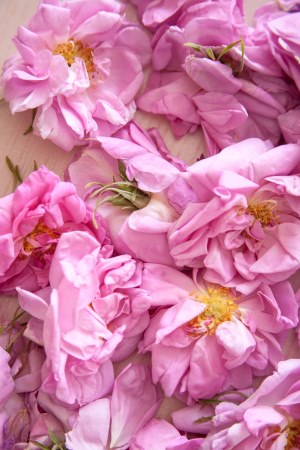
Since perfumery has much in common with cuisine, rendering my sherbet into a fragrance accord with a similar ornate impression is not difficult. Rhubarb has a natural affinity with rose, violet and berries, because they are complementary notes (and raspberry, in a nesting doll twist, contains elements of both rose and violet, which makes it an especially felicitous partner.) Jo Malone White Lilac and Rhubarb explores this combination by augmenting the floral layer of rhubarb with a cocktail of rose and lilac. It’s a bright and happy perfume, with a nod to retro glamour.
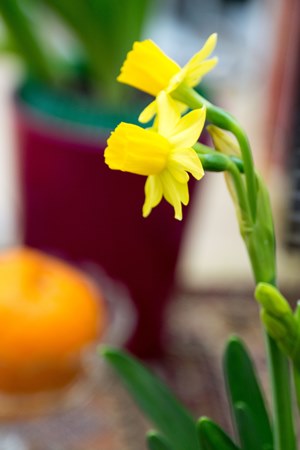
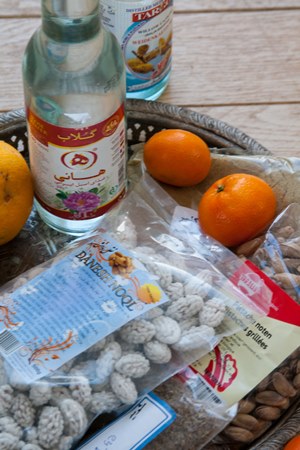
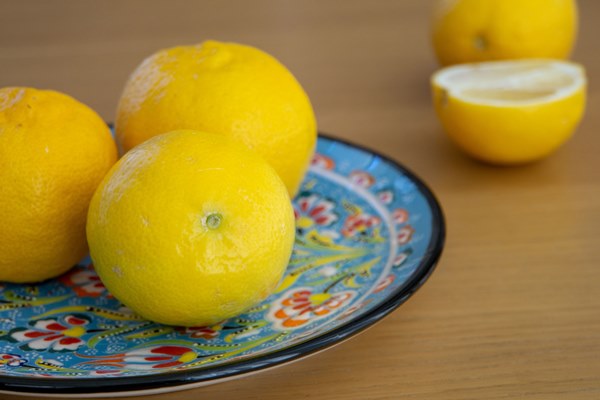

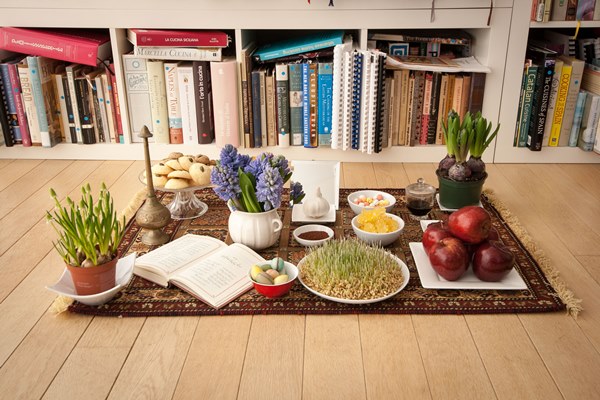
















Yuliya Luk in Hermes Un Jardin Sur Le Nil : Fragrance Review: I want to say that after trying many perfumes from Hermes, I was not ready to buy them and use them. I received this scent as a gift from my… April 25, 2024 at 9:30pm